***
Political and military figures in Germany have suggested a return of compulsory military service after the new defense minister described the 2011 phase-out of general conscription as a “mistake” that had contributed to alienating the general public from civic institutions.
***
Black students have lower six-year completion rates for any kind of degree or certificate program than students in any other racial or ethnic group, a new study has found.
***
Disasters
The World Atlas has a list of what they think are the deadliest natural disasters in the 20th Century.
A natural disaster is defined by the World Health Organization as "an act of nature of such magnitude as to create a catastrophic situation." Some of the most common natural disasters are hurricanes, earthquakes, floods, and tsunamis. The 20th century (1901-2000) saw many catastrophic events take place, some of which are considered to be deadliest natural disasters of all time.
War and stupidity are not included
10. Erzincan Earthquake
The 1939 Erzincan earthquake struck the eastern region of Turkey on December 27 with a magnitude of 7.8. The earthquake occurred on the North Anatolian Fault Zone and created a 223-mile-long surface rupture, which devastated the village of Erzincan and villages along the Iran border. It is believed that 20,000 people died as a direct result of the earthquake, but by January 5, the death toll rose to 30,000 due to blizzard conditions and floods. Erzincan was so badly destroyed due to the earthquake, the site was completely abandoned and a new settlement was found further to the north.
9. Manjil-Rudbar Earthquake
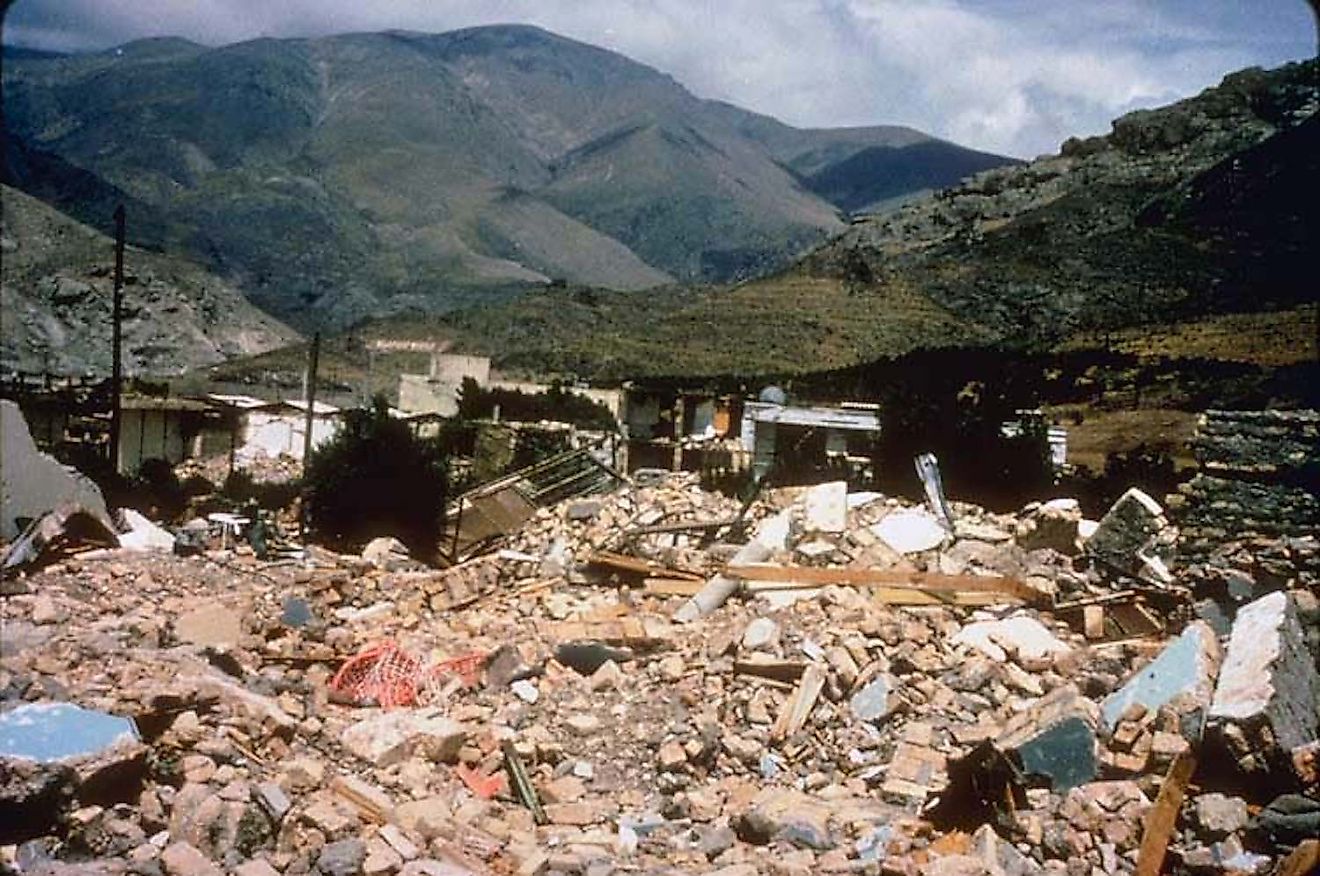
In 1990, a 7.4 magnitude earthquake occurred in the Gilan Province between Iran’s northern towns of Manjil and Rudbar. The earthquake was the largest to ever be recorded in that part of the Caspian Sea region. Rescue missions were hindered by adverse weather conditions and roads were blocked by extensive landslides as a result of the earthquake. Around 100,000 buildings collapsed and between 35,000 to 50,000 people were killed. The total cost of the damages was USD 8 billion.
8. Eastern Guatemalan Floods
In 1949, a violent storm triggered a series of devastating floods across Guatemala. The floods lasted for two weeks and caused huge social, economical and financial impacts. It was reported that the floods had destroyed most of Guatemala’s infrastructure; the cost of the damages was estimated between USD 15 million and USD 40 million. 40,000 people lost their lives as a result of the floods. Landslides caused further devastation to the country; the towns of Escuintla, San Marcos and Quezaltenango were some of the worst affected by the natural disaster.
7. Quetta Earthquake
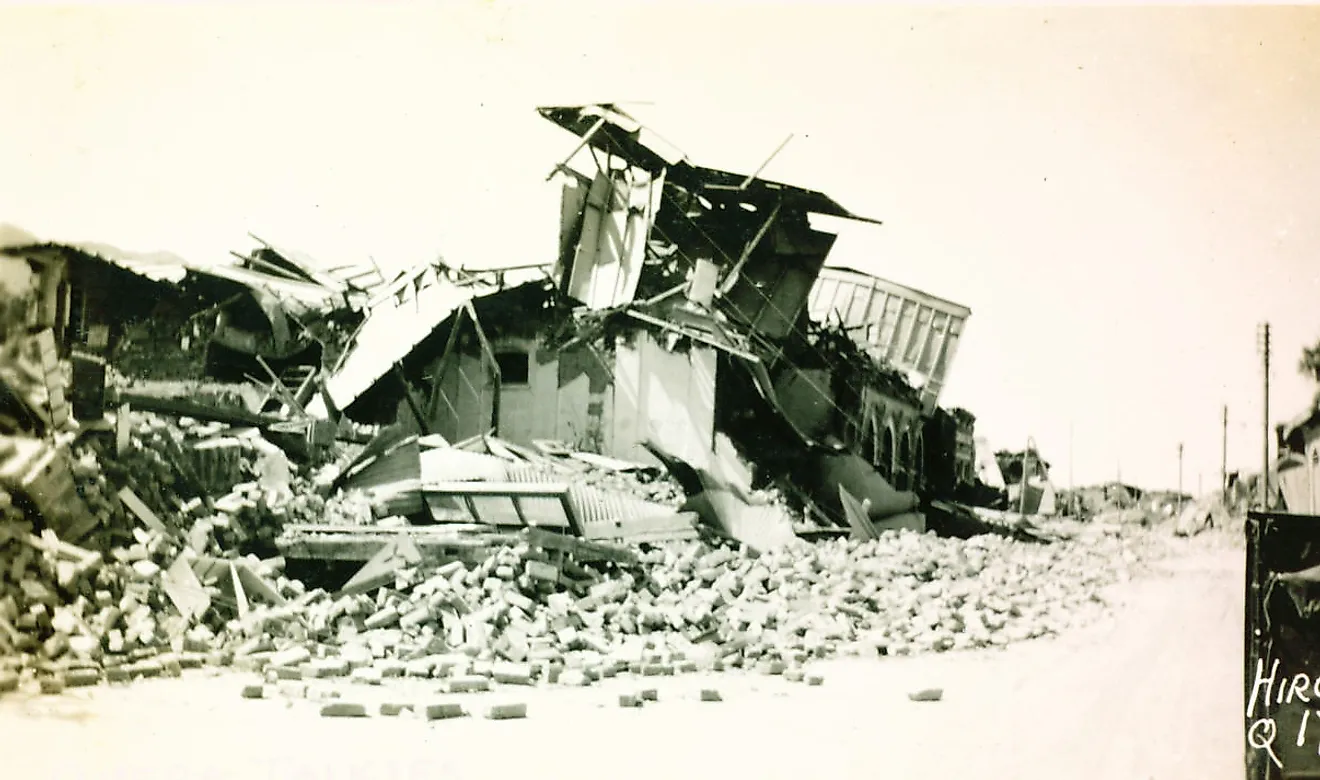
On May 31, 1935, the city of Quetta in Pakistan was hit by a 7.7 magnitude earthquake. The entire city was destroyed, as well as nearby towns, and an estimated 30,000 to 60,000 people died from the impact. Thousands of people were injured and many were left homeless. The largest aftershock from the earthquake measured at 5.8 on the Richter scale and seriously affected the towns of Mastung, Kalat and Maguchar. The disaster is considered to be the 23rd deadliest earthquake worldwide to date.
6. Tokyo-Yokohama Earthquake
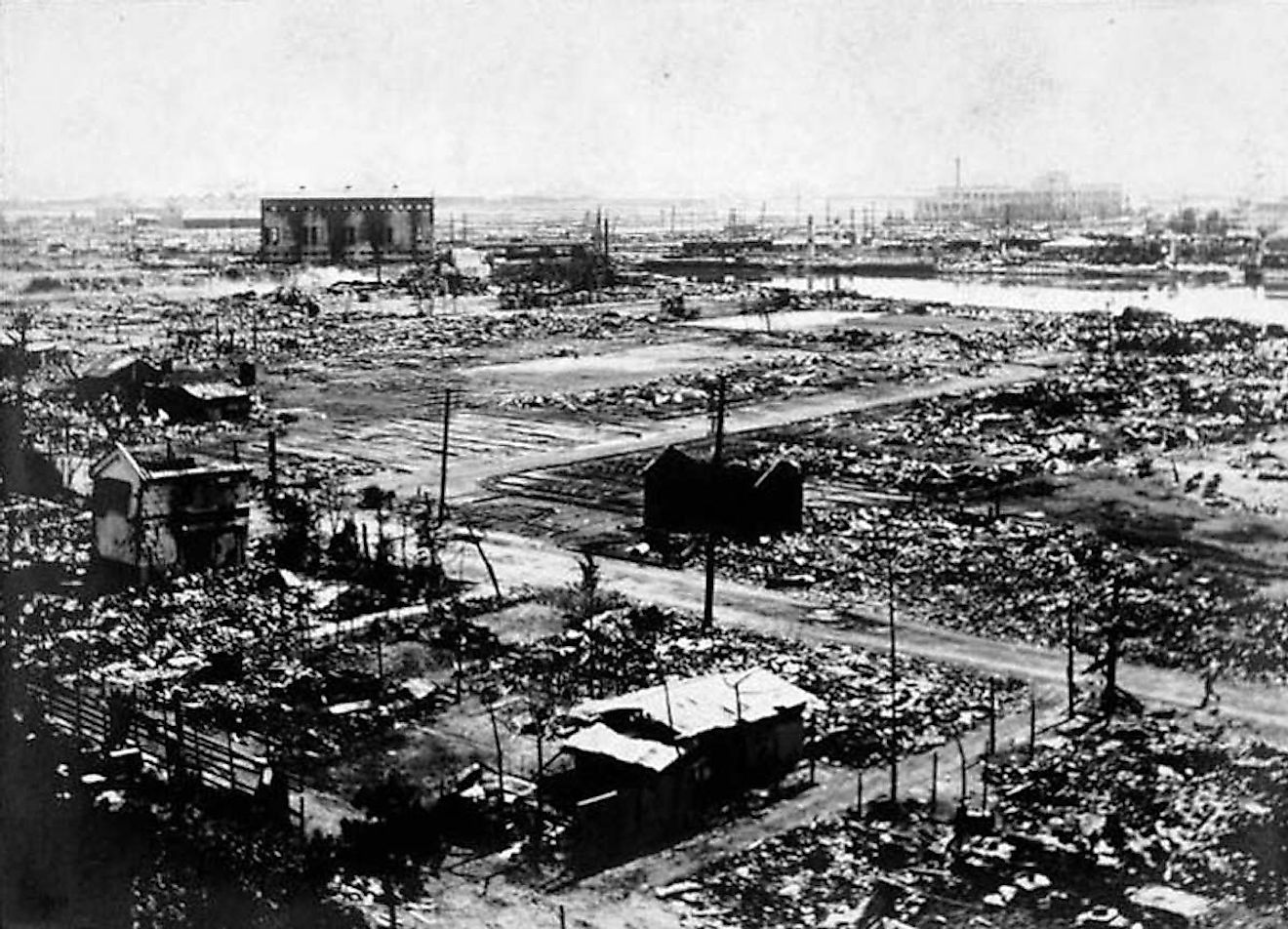
At approximately midday on September 1, 1923, a 7.9 magnitude earthquake struck the Tokyo-Yokohama metropolitan area. The earthquake ravaged the city, more than half of brick buildings and one-tenth of reinforced concrete structures collapsed. Hundreds of thousands of homes were destroyed, many were burned down by the fires triggered by the earthquake. The earthquake also generated a tsunami on the Sagami Gulf, which demolished 150 homes and killed 60 people. The overall death toll from the earthquake and its aftermath exceeded 140,000.
5. Tangshan Earthquake
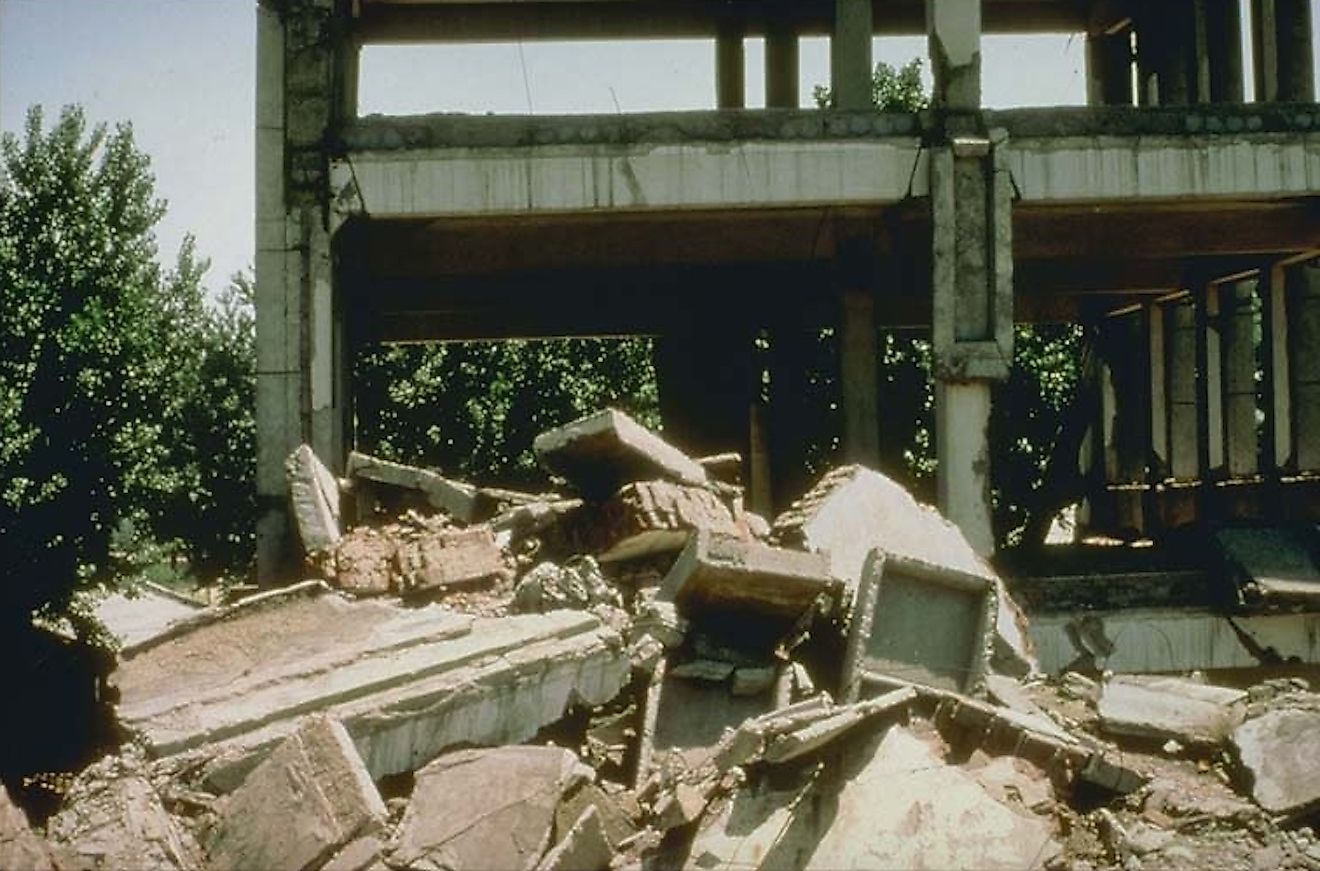
The Tangshan earthquake of 1976 or the Great Tangshan earthquake took place on July 28, 1976, in China. With a magnitude of 7.9, the natural disaster ravaged the coal-mining city and killed 242,000 people. The death toll is one of the highest in recorded history. 700,000 people were injured as a result of the earthquake and infrastructure damage was extensive; more than 75% of unreinforced homes and buildings were destroyed. Later on in the day, an aftershock occurred in the city of Luanxian, 43 miles from Tangshan. This caused additional damage and more casualties.
4. Bhola Cyclone
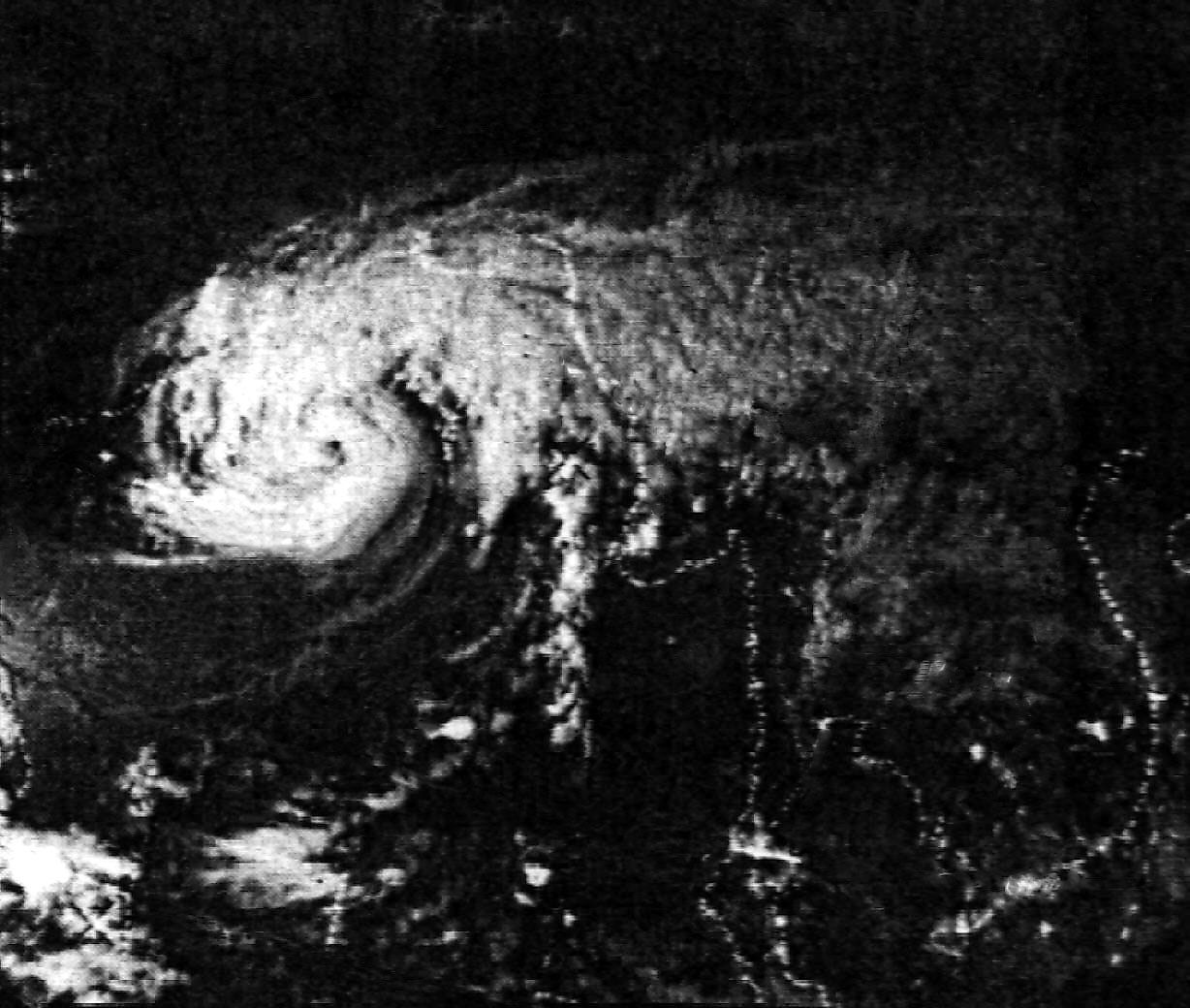
On November 11, 1970, a cyclone hit Bangladesh and produced mass storm-surge flooding, which devastated the country’s low-lying lands. The event is the world’s deadliest tropical cyclone ever recorded. The cyclone began over the Bay of Bengal before traveling northward, gaining intensity as it moved. When it made contact with the land in Bangladesh, it devastated villages and farmlands; the most severely affected areas were Upazila and Tazumuddin, where over 45% of the population was killed by the tropical storm. In total, at least 500,000 people lost their lives as a result of the Bhola cyclone.
3. The Indian Famine
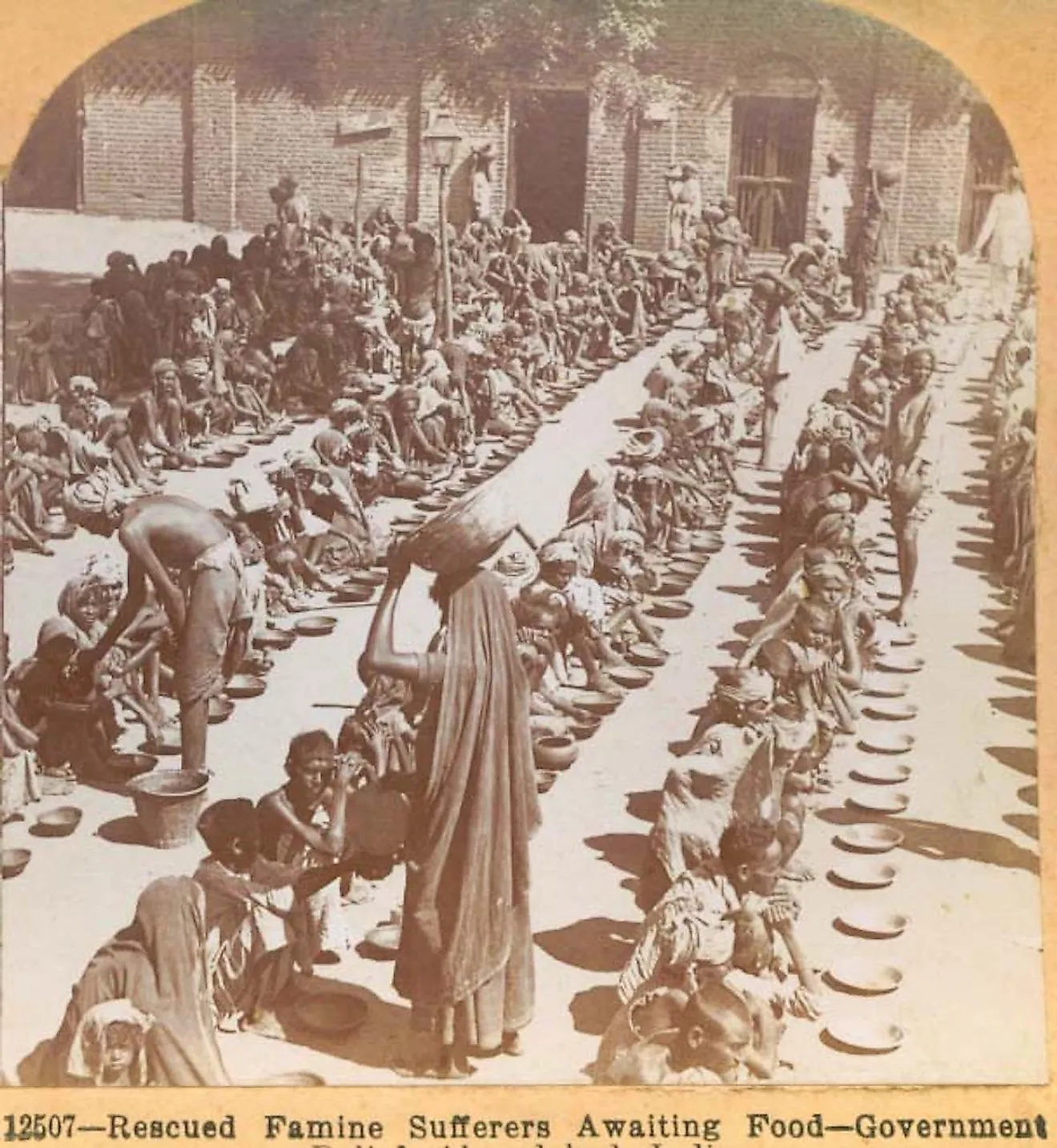
2. Yellow River Flood
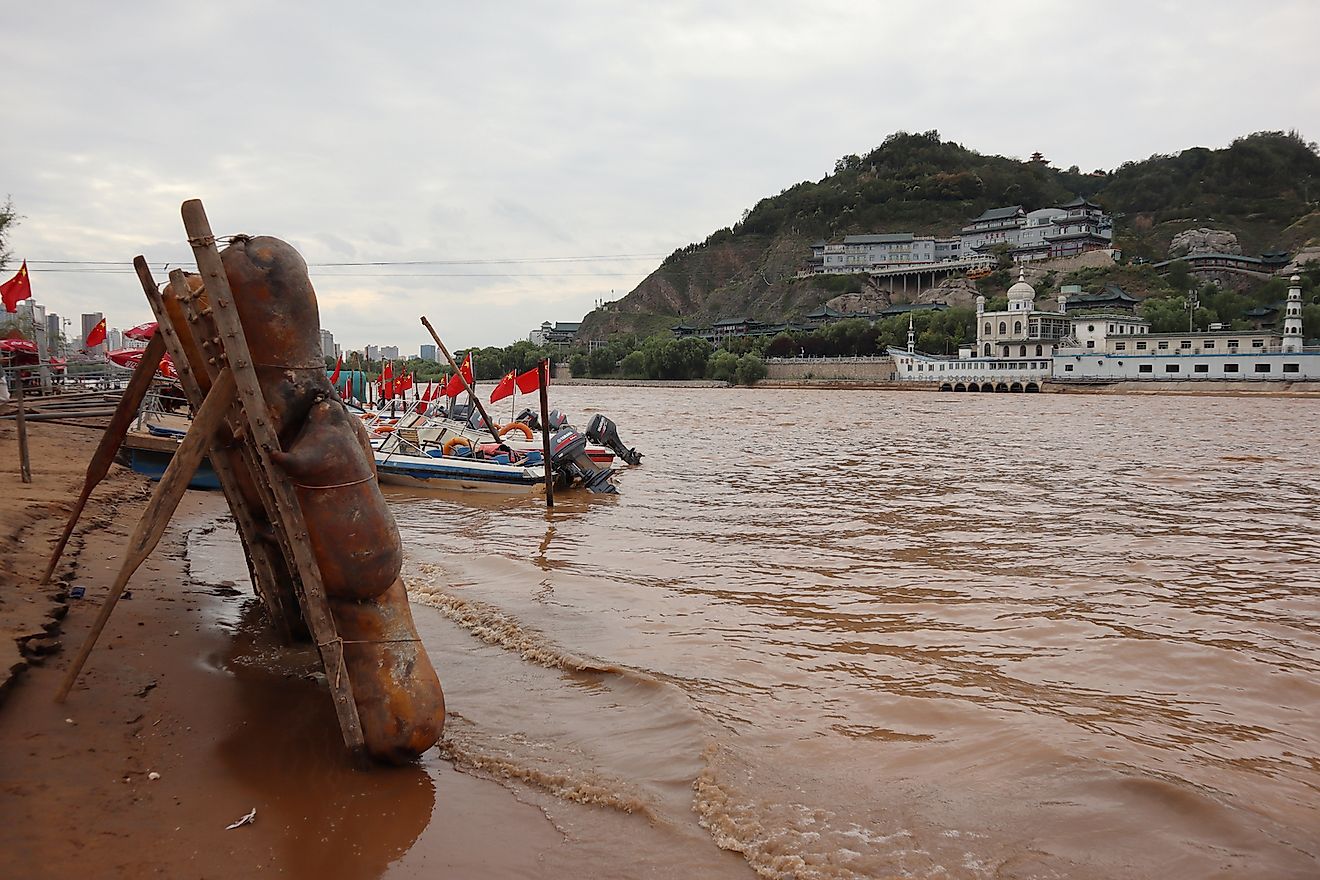
1. Yangtze River Floods
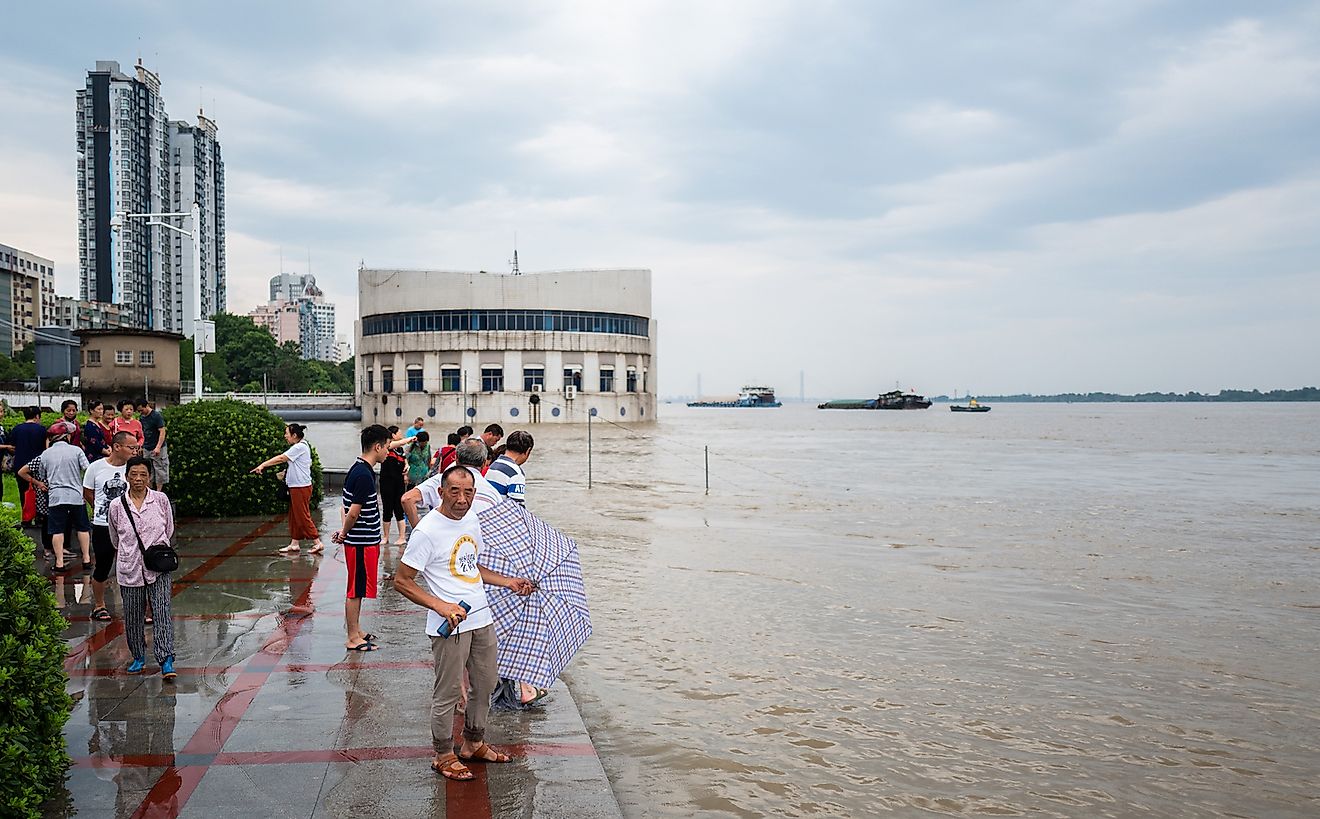
2 comments:
You are the founding Member of the Radical Catholics
Why do you creat hurricanes,floods, tsunamis, earthquakes?
Are you the prime mover of all things ?
Why are in league with Turkey ,Paciistan,the Saudis,the sheites,and the sun is ?
When did you become a Mullah,Sultan,Pharo,President of the Democratic Republic of North Korea and the Congo?
Post a Comment